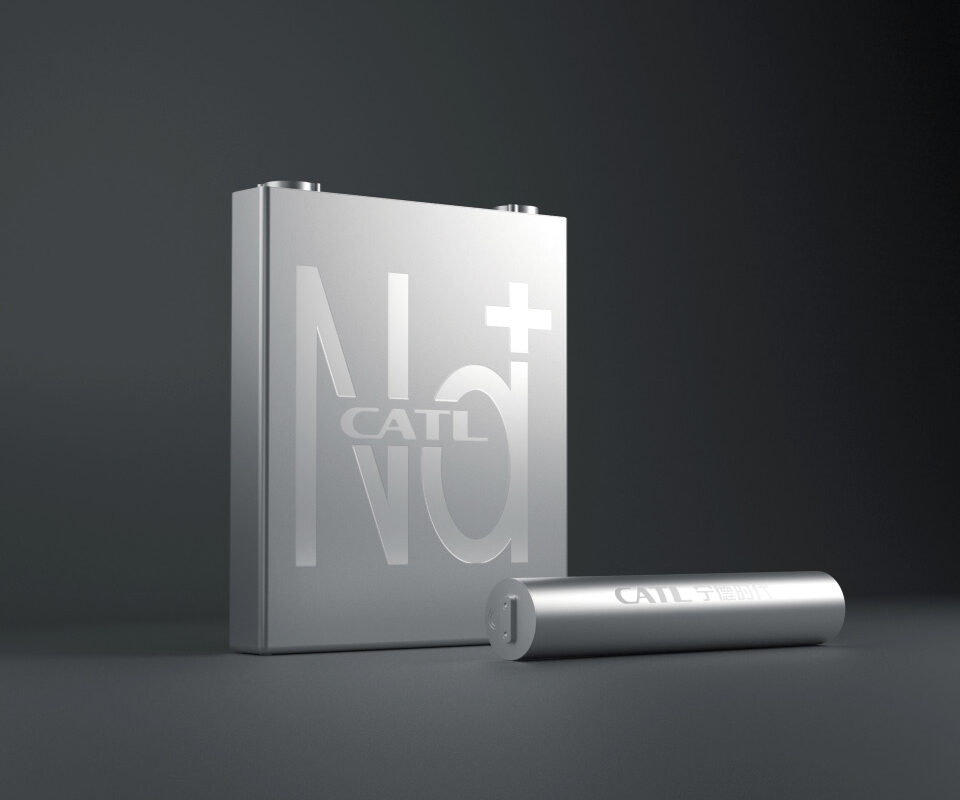European aircraft company Airbus has officially launched its multi-year demonstrator program to test a variety of hydrogen technologies on the ground and in the air. “Today, the A380 MSN1 test aircraft is earmarked for a new role: to take the lead on testing the technologies that will be vital to bringing the world’s first zero-emission aircraft to market by 2035,” wrote Airbus this week. The ZEROe demonstrator will carry four liquid hydrogen tanks in a caudal position, as well as a hydrogen combustion engine mounted along the rear fuselage. The liquid hydrogen distribution system will feed into a conditioning system in which the liquid hydrogen will transform into its gaseous form before it is introduced into the engine where it is combusted for propulsion.
A research team led by the China University of Geosciences designed ultrafine Pd100-xCux alloy nanodot-modified TiO2 photocatalysts via the NaH2PO2-mediated co-deposition route to keep high photocatalytic performance, while replacing platinum (Pt) with palladium as the cocatalyst. “The obtained Pd100-xCux alloy nanodots (2-5 nm) are uniformly dispersed onto TiO2 and their componential ratios can be well controlled by adjusting the molar ratio of Cu and Pd precursor. Based on in situ irradiated X-ray photoelectron spectroscopy (ISI-XPS) and density functional theory (DFT) results, the as-formed Pd100-xCux alloy nanodots can effectively promote the separation of photo-generated charges and weaken the adsorption strength for hydrogen to optimize the process of hydrogen-desorption process on Pd75Cu25 alloy, thus leading to high photocatalytic H2-evolution activity,” the Dalian Institute of Chemical Physics wrote on Tuesday.
The US states of Colorado, New Mexico, Utah, and Wyoming signed a memorandum of understanding (MOU) to coordinate and develop a regional clean hydrogen hub. The signatory states will work together in developing the Western Inter-State Hydrogen Hub (WISHH) with supporting facilities in each state. “Each state commits that this is the only proposal(s) that they will participate in for a hydrogen hub, and that they will not submit to the DOE [Department of Energy] their own standalone proposal or a proposal in cooperation with other states or entities other than the signatories of this MOU,” reads the document published on Wednesday. Upon agreement of all four Rocky Mountain states, additional western states may be added to the group.
Mitsubishi Heavy Industries has presented its plans to establish the Takasago Hydrogen Park, calling it the world’s first center for validation of hydrogen-related technologies, from hydrogen production to power generation. The center will support the commercialization of hydrogen gas turbines using hydrogen as fuel. The first part of the plan, which includes demonstrating operations of hydrogen production, storage, and hydrogen fueling of gas turbines, should commence operations in the fiscal year 2023. “The Takasago Hydrogen Park will be successively expanded and developed going forward. Mitsubishi Power has announced it will use Takasago Hydrogen Park to commercialize small and large frame gas turbines on a path to 100% hydrogen firing starting in 2025,” the Japanese company wrote on Tuesday.
Vertex Hydrogen, the joint venture between UK-focused downstream energy company Essar Oil UK and UK-based clean energy projects developer Progressive Energy, has unveiled a report detailing the development of the UK’s first-ever large-scale low carbon hydrogen production plant. “The hub will produce 1GW of low carbon hydrogen with the first production line starting in the mid 2020s,” Vertex Hydrogen wrote in a statement. Hydrogen is expected to replace fossil fuels in the industry in North West England and North Wales. The plant will sit at the heart of the HyNet low carbon cluster, the UK’s leading industrial decarbonization hub.
Genoa-based classification society RINA has announced the Approval in Principle (AiP) of Swedish designer FKAB Marine Design’s hydrogen-powered MR Tanker, saying it is “the first AiP of a design using currently viable technology and fuels that achieves IMO 2050 targets.” Conceived by the class society and designed by FKAB, the propulsion is based on combining the ship’s fuel (LNG) with steam to produce hydrogen and CO2. “The MR LNG/hydrogen-fuelled vessel is the result of a joint project with ABB and Helbio (a subsidiary of Metacon AB),” wrote Rina last week. The classification society explained that the design allows ships to meet full decarbonization targets by either running the engine on 100% hydrogen or by producing all the power needed by fuel cells. “In this way, the owner can decide the rate of CO2 reduction.” No additional bunkering, aside from normal LNG, is required. The hydrogen produced can be used to power the main engine, or fuel cells, or a hybrid of the two. Meanwhile, the classification society Korea Register has signed a memorandum of understanding with STX Energy Solutions and Daewoo Shipbuilding & Marine Engineering to work together to standardize and commercialize solid oxide fuel cells. “The agreement was signed to facilitate the development of a future power generation system through the sharing and application of technology and research resources to meet the International Maritime Organization’s (IMO) increasingly rigorous environmental regulations,” Korea Register wrote on Thursday. A Solid Oxide Fuel Cell (SOFC) produces electricity through the electrochemical reaction of oxygen and hydrocarbons from oxidizing LNG. In other words: competing technologies are nearing a similar stage. Most of them, however, will focus on LNG-related shipping solutions.
Indonesia’s Ministry of Energy and Mineral Resources (ESDM) encouraged hydrogen usage to accelerate the energy transition in the country. The message was conveyed directly by Minister of Energy and Mineral Resources Arifin Tasrif on the sidelines of a bilateral meeting on Monday with the Republic of Korea's minister of trade, industry and energy, Moon Sung Wook, in Jakarta. “The main strategy to be carried out towards carbon neutrality on the supply side is through the development of massive renewable energy, with a focus on solar, hydro and geothermal power plants as well as hydrogen,” said Arifin.
This content is protected by copyright and may not be reused. If you want to cooperate with us and would like to reuse some of our content, please contact: editors@pv-magazine.com.


It grand to see technology working for good